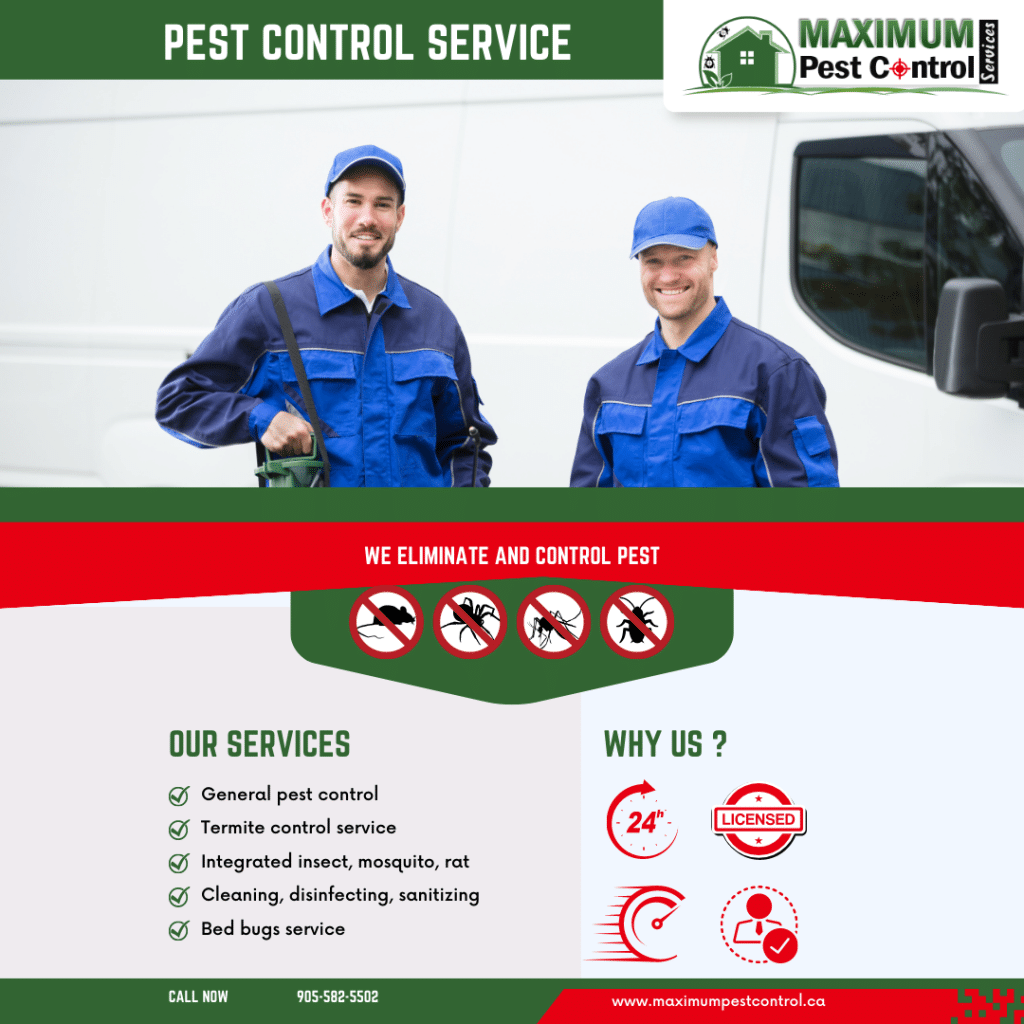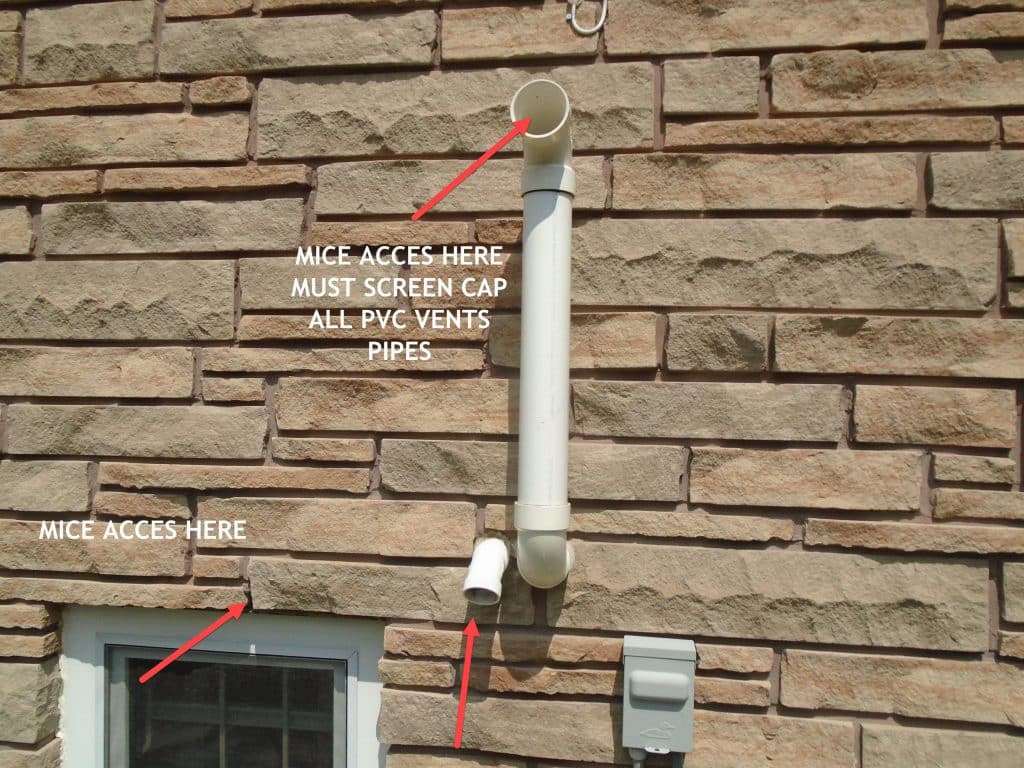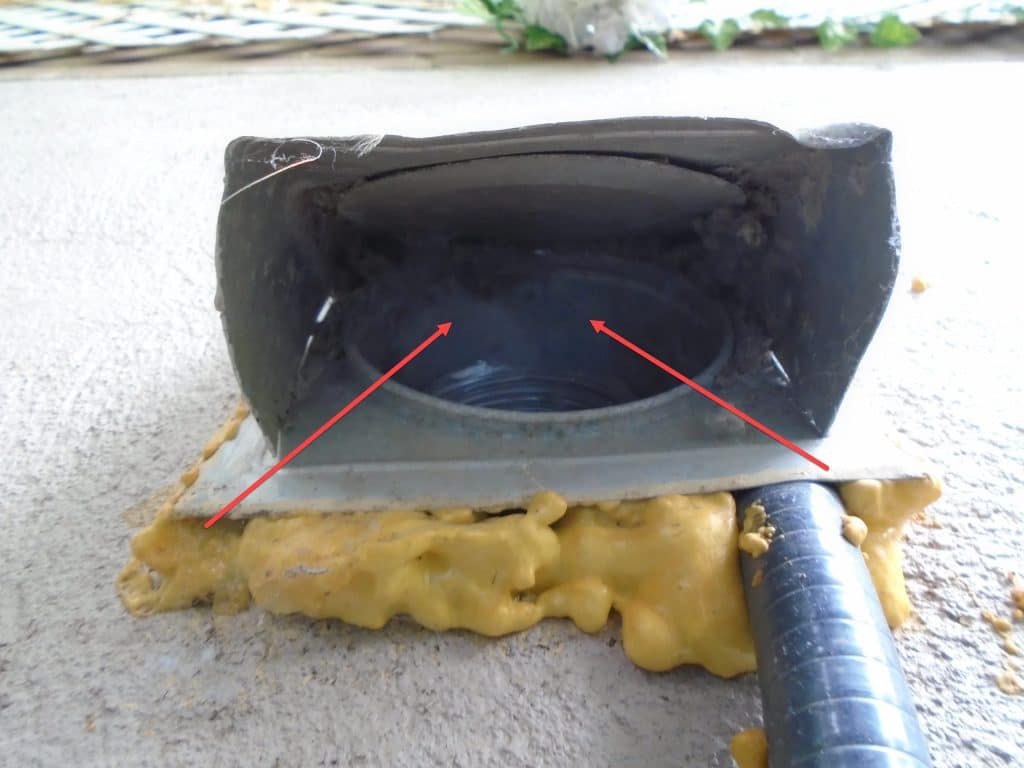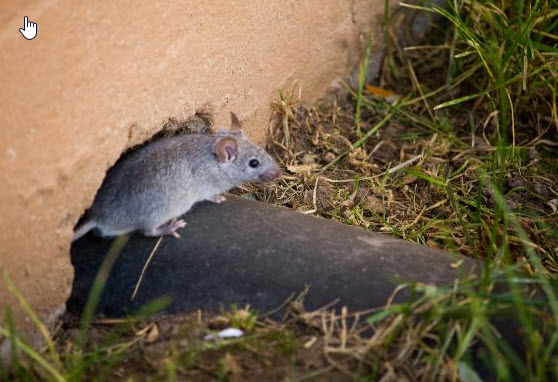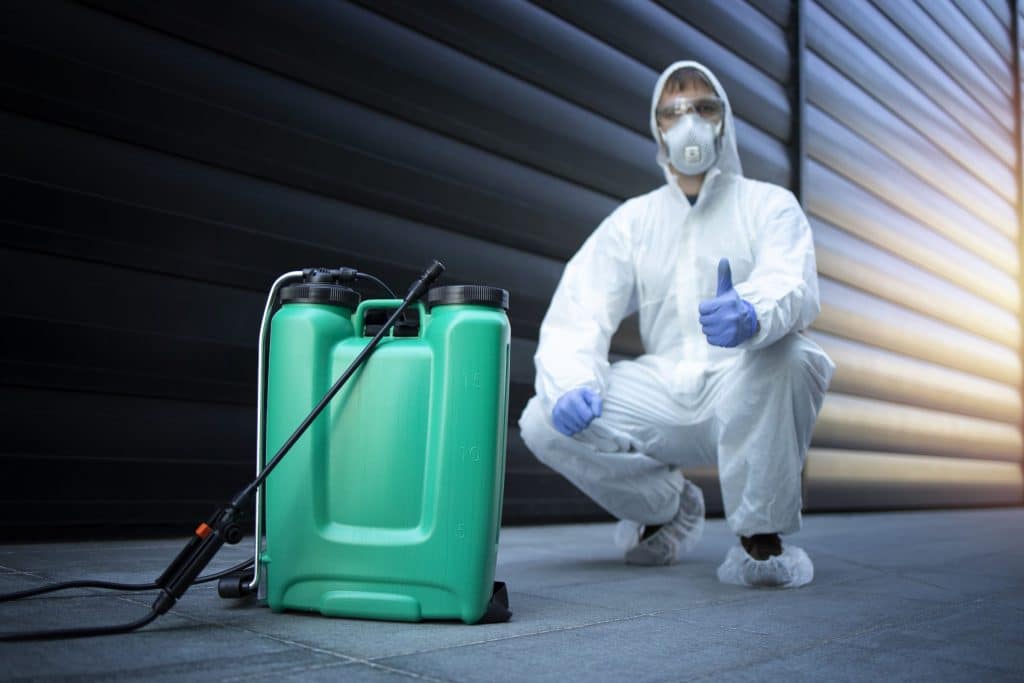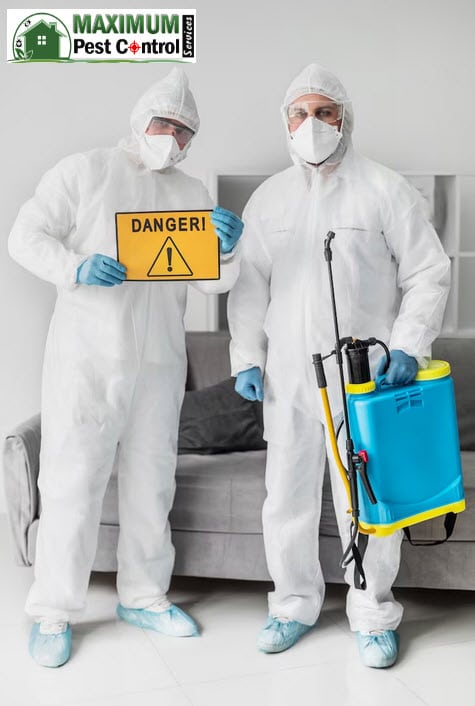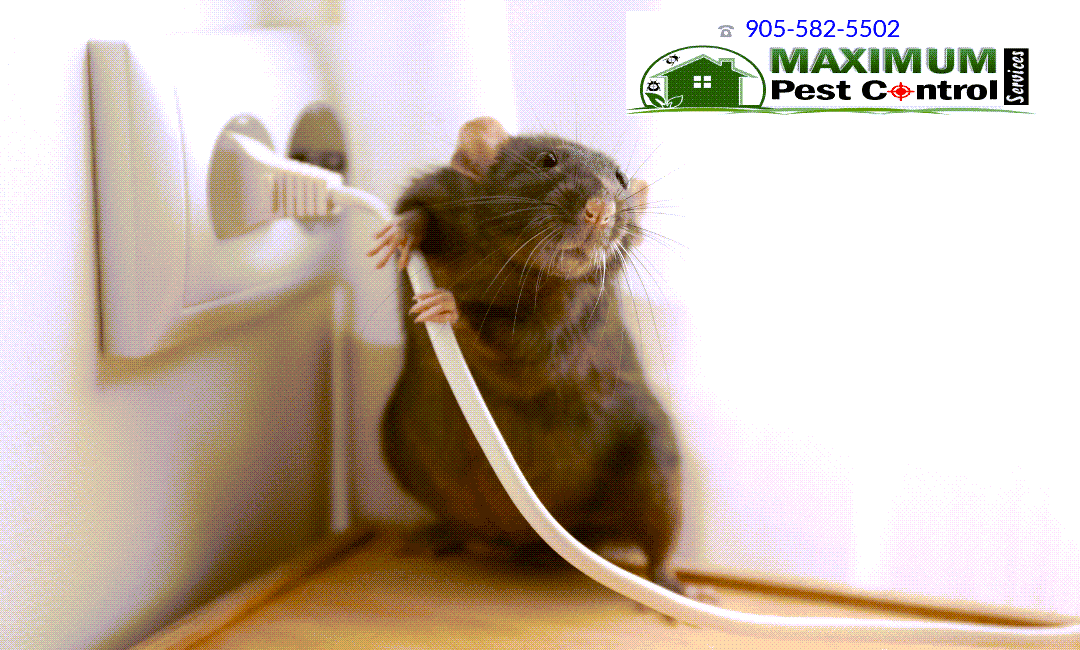
9 Common Mistakes to Avoid When Dealing with Mice
Mice may be tiny creatures, but when the mice overrun a home or business, the consequences can be catastrophic. Unfortunately, many people make mistakes while trying to deal with mouse infestations that prolong the problem rather than solve it. To tackle your rodent problem efficiently and effectively, here are nine common mistakes to avoid when dealing with mice.
From buying ineffective bait traps to not eliminating possible food sources on your property, these mistaken approaches can worsen the situation and rob you of valuable time and money as you attempt relief from mice in your domain! By learning about this list of common pitfalls today, you’ll save yourself unnecessary stress tomorrow.
Mistake #1: Ignoring Early Signs
Ignoring early signs of mouse infestation can be costly. Common warning signs include sightings of the small rodents, gnawing and scratching sounds coming from walls, or spotting droppings throughout a home or structure. All these are indications that needs to be taken seriously; it is vital to act quickly when spotting any rodent inside a space.
Failing to identify potential risk areas is also a common mistake many people make when dealing with mice. Pay special attention to places such as basements, closets, crevices around appliances or other objects in the household that offer them shelter and accessible sources of food.
Mistake #2: Using Ineffective DIY Methods
DIY methods for handling a mouse infestation can be tempting, but all too often they are ineffective and only provide short-term relief. They usually involve cheap and dangerous chemical traps or home remedies that are time consuming, expensive, and not always successful. Using these kinds of strategies to combat a mice problem is rarely the right option as it doesn’t eliminate the source of infestation: the rodents themselves.
It may be more practical to call an experienced exterminator who can efficiently deal with rodent menace through efficient scientific approaches like rigorous inspections and use of exclusion methods which might bring quick, lasting results with maximum safety and hygiene in mind. If DIY fails, then professionals wouldn’t let you down!
Mistake #3: Failing to Identify Entry Points
Failing to identify entry points for mice is a common mistake when dealing with this pesky rodent. Not seeking out and blocking off or restoring any potential entrances can quickly turn into an active infestation leading to other problems.
Homeowners may not be aware of various small openings in the home that a mouse could enter through, such as holes in walls, not screened vents, under doors and windows. Additionally, avoiding inspection of attics and basements increases the risk of disease or bacteria buildup after being exposed to mice droppings left behind in those areas.
Taking swift preventative countermeasures by ensuring all possible entries are sealed will substantially decrease the chances of having an infestation issue arise later on down the road. In order to do so it’s necessary to inspect inside as well as outside areas for hiding spots that might go unnoticed during initial examination. Garages, porches and crawl spaces are some prime examples where one should investigate further.
Mistake #4: Poor Sanitation Practices
Poor sanitation practices can lead to an infestation of mice in the home. Implementing regular cleanings, particularly around food areas and other surfaces where bacteria may cling, is one way that homeowners can reduce the chances of a mouse infestation. Allowing unwashed dishes to pile up or leaving crumbs lying on counter tops or floors can be a massive attraction for hungry rodents looking to scavenge food sources.
It’s also important not to leave any open containers laying around; these tend to act as invitations for unwelcome visitors such as mice or rats. Clutter and items left strewn about are tempting places for rodents to hide out from predators while searching for easy access points into the home – so it pays off in more ways than one to keep a neat house! Closing off potential entryways by sealing any crevices in windowsills and doors prevents mice from having direct routes into your living space too.
Mistake #5: Underestimating the Scale of the Infestation
One of the biggest mistakes a homeowner can make when dealing with mice is underestimating the scale of infestation. Initially, one may assume they only have one or two invading their home and fail to treat it promptly enough or take drastic measures to control and eradicate them altogether. Doing so can potentially cause a full-fledged invasion that’s hard to manage as time passes on. Mice reproduce quickly and can create havoc in no time if intervention isn’t applied early on.
Mice are also very clingy to their environments and can be hard to get rid of if simple methods are applied. Instead of trying old-fashioned traps or pest treatments that may just scare them away temporarily, the problem must be tackled more aggressively with stronger formulas that have proven results. Homeowners should never underestimate a mouse infestation because it could quickly grow out of control resulting in costly damages.
Mistake #6: Neglecting Professional Help
Neglecting professional help when dealing with a mice infestation is one of the common mistakes that people make. Professional exterminators have the knowledge and experience to safely—and effectively—eradicate mice from badly-infested homes. They can also provide useful advice on how to prevent future infestations, such as plugging up any potential entry points. DIY solutions for mouse infestations may be tempting, but are often unsuccessful due to inadequate understanding of rodents’ behavior and biology.
Professional exterminators understand how different species of mice live their lives and where they commonly hide in your home. This makes them perfectly suited for identifying their hiding space within your walls or other hard-to-reach places since sometimes these locations aren’t easily visible through visual inspection only. Exterminators are also aware about pest control regulations so you don’t have to worry about breaking any laws while trying out eliminate rodents yourself.
Mistake #7: Using Toxic Substances Unwisely
Using toxic substances to resolve mouse infestations is a common mistake. It often results in unintended consequences like environmental damage, animal deaths and possible legal repercussions. People usually want to get rid of the mice quickly but employing improper methods can be dangerous even if they are effective temporarily.
It is best to use mouse bait systems that contain non-toxic materials and incorporate safe practices when handling them such as wearing proper gloves and following safety guidelines. Some products have been made with human or pet-safe toxins that provide safer options for extermination without the risk of secondary poisoning.
Mistake #8: Not Taking Preventive Measures
Prevention is key when it comes to dealing with mice infestations. Unfortunately, many people do not take the necessary preventive measures which can lead to major problems down the road. One mistake often made is failing to seal off possible points of entry such as cracks and crevices or any other openings in walls, floors, and ceilings that can provide access for rodents.
Besides sealing these potential entryways, house maintenance should be taken seriously by cleaning up any debris or clutter outside your home along with proper storage of garbage cans away from living spaces.
Having regular inspection of interior areas especially attics and crawlspaces also goes a long way towards rodent-proofing the house ahead of time in order to avoid an infestation altogether. Lastly turning motion-sensitive lighting on outdoors at night will discourage them from coming too close since they are nocturnal animals. Taking some simple steps such as these can prevent considerable trouble associated with tackling a mouse invasion once it occurs.
Mistake #9: Mice will leave when spring comes
It’s a common mistake to believe that mice will simply vanish when milder weather arrives in spring. The presence of mice is often linked to other issues related to unsecured food and shelter sources – meaning an improved climate likely won’t make them disappear on its own. If steps aren’t taken to undo these attractants first, they’re not going anywhere anytime soon.
Rather than assuming springtime will solve things for you, it’s important to invest time and energy into effectively preventing their access to desirable conditions. Effective limits on both entry points and potential food sources are key, as well as vigilance in being able recognize signs of infestation such as droppings or gnawed spaces. Taking all these measures together should help anyone reduce their chances of having any unwanted guests overstaying their welcome this coming season!
Final Thoughts by Maximum
When dealing with mice, it is important to always remember that prevention is always better than curing. Making sure areas of your home are clean and avoiding clutter can prevent entry. It is also wise to seal all possible entry points such as cracks in walls or gaps around pipes and windows using wire mesh or foam insulation. Another major mistake to avoid when dealing with mice is leaving food lying around unattended which will attract them into the premises, so reducing food sources wherever possible should be one’s first priority.
In addition, repellents have proven ineffective when used as the primary defence against rodents; bait traps must be put in place instead for optimal protection. To maximize efficiency one must Ensure that positioning and preparation of baited traps meet safety regulations while also understanding any risks related to trapping animals (such as setting a kill trap). Lastly, if infestation has already occurred professional pest control services may need to be called upon for prompt eradication – something Maximum Pest Control Services specialize in!

